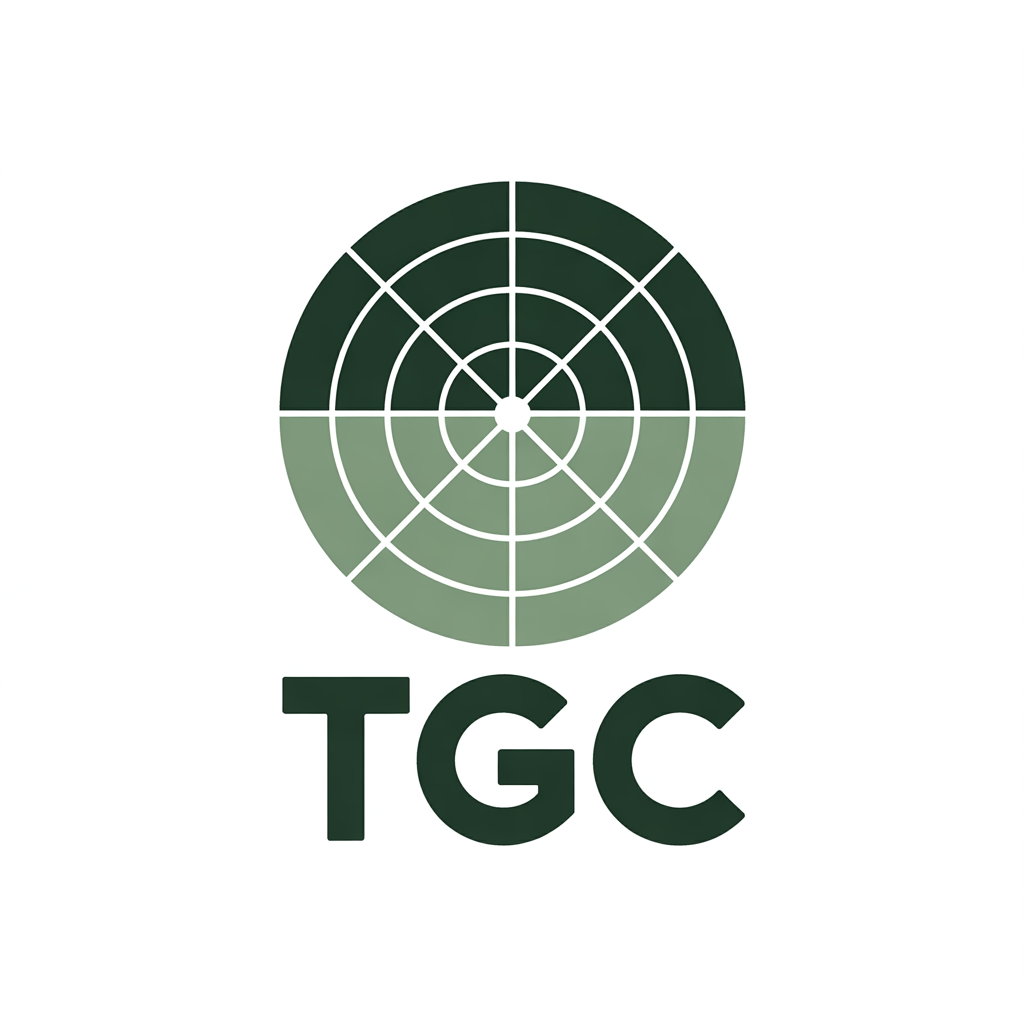Times are tough for affiliates in the iGaming sector, with several striking announcements from companies previously regarded as relatively stable in the industry.
Recently, we learned that one company would divest its remaining assets to a major player in sports analytics in November, aiming to become a cash shell for its shareholders. Another firm, already grappling with challenges related to its U.S. ambitions, announced layoffs affecting about 30 employees in recent weeks. A third is facing declining revenues.
The surprise this week comes from another key player, which has revised its financial targets downward (to €355-375 million) from the previous estimate of €395-425 million. This revision is accompanied by an ambitious cost reduction plan, targeting approximately €50 million per year, with total costs of €200 million in 2023.
What is driving these impacts? Are all affiliates affected?
Heavy dependence on SEO
For many of these companies, a significant portion of their traffic comes from Google search results, and recent Google algorithm updates have certainly not made it easy to stabilize rankings. Some assets, including both proprietary and mainstream media whitelabels, have seen drastic declines, with some dropping from 10,000 unique visitors per day to just a few hundred.
In response, some companies have attempted to address Google’s algorithm changes by implementing Paid Media strategies, with mixed results and varying degrees of reduced dependency.
Applying supply chain best practices by diversifying traffic sources (or levers) can help affiliates manage regulatory changes more effectively. In iGaming and affiliation, adapting to regulation enriches the criteria for market evaluation. New strategies like influencer marketing, video, and podcasts have already been adopted by some companies.
A consolidating market
Countries once seen as promising markets have proven more challenging than expected. In the U.S., for example, a CPA-based model enabled short-term investment but fell short of providing the long-term sustainability operators need. Additionally, consolidation is impacting operators as well; some are exiting the U.S., taking revenue opportunities for affiliates with them. Since then, certain operators have shifted toward a RevShare model, which focuses more on collective success than on one-time gains, yet the CPA players acquired during the market’s opening only benefit operators.
Other markets, like Brazil, are progressing slowly as regulatory frameworks take shape.
Market consolidation represent an opportunity to evaluate what the company excels at and explore new, monetizable solutions. This could be software developed in-house or a company-specific expertise in areas like external growth, SEO, PPC, or digital products.
When your core business encounters difficulties, it is not too late to establish new growth pillars. This may also be the right time to explore mergers or acquisitions to leverage potential synergies with competitors.
Growth can also be achieved by targeting related business verticals (where investment should be carefully measured as well) connected to the core business.
A complex diversification strategy
Many companies have opted to transition from a « gambling » model to a « media » model, aiming to blend the best of both worlds for sustainable long-term performance:
- Quality, recognized content that fosters reader loyalty
- An effective monetization model
This is complex, as combining gambling user intent with evergreen quality content often requires increased investment:
- The recruitment, structuring, compensation, and retention of dedicated journalists.
- The asset: The site itself often holds higher value due to its traffic volume, user base, loyalty, and intrinsic quality.
The Impact of Hypergrowth
Most of the affiliates mentioned above have experienced hypergrowth, which has brought numerous challenges:
- Investment scale: from HR to M&A and Projects. Tasks multiply, and without rigorous workload estimation and prioritization methodology, there is a risk of rapid overstaffing.
- Market prioritization: Given the context of recent years, effective prioritization has been difficult to establish, making it challenging to determine which markets to enter or exit. Entering multiple markets simultaneously can obscure individual performances without the right processes and tools.
Starting with financial dashboards, company ambitions, and market trends, creating prioritization matrices as decision-making aids helps rationalize investments and recruitment needs. Workload estimation methods add further accuracy, helping to avoid the overhiring observed in the tech sector, which sometimes leads to significant workforce reductions.
When a market consolidates, defining your ambitions as a business leader becomes critical. Your company represents both your asset and that of your shareholders, so defining your ambitions—whether to sell or grow your company—is key to setting your course.
The Gambling Cockpit assists in defining and operationalizing these ambitions.

Pierric Blanchet
Founder @ TGC


